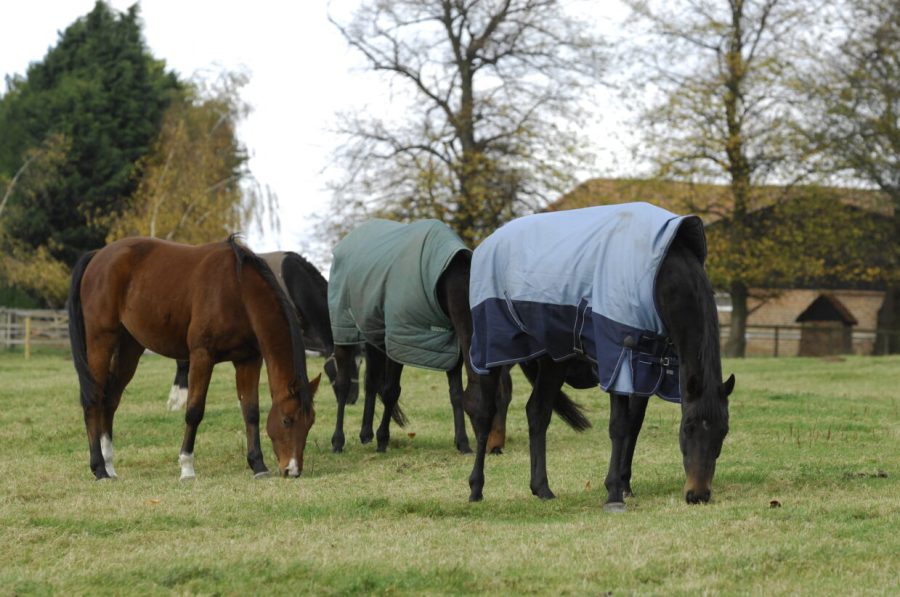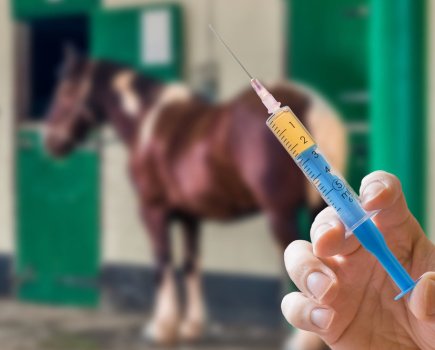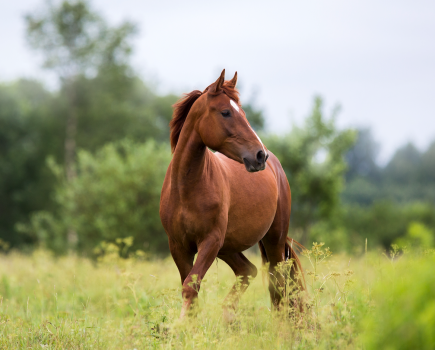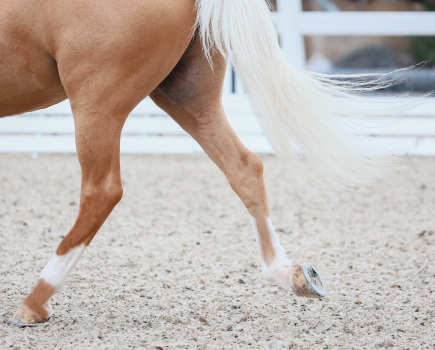In partnership with Dodson & Horrell
As the nights draw in and temperatures start to drop, a lot of horses will be stabled for longer periods and grass growth and quality will start to decrease. It’s even more important during these times to maintain an adequate fibre intake as you strive to do your best to take care of a horse. I normally recommend a horse receives at least 2% of their bodyweight in forage alone, writes Dodson & Horrell Nutritionist Charlotte Wilkinson BSc (Hons), ANutr.
Adding essential fibre into your horse’s ration can help to maintain a healthy digestive system and also help your horse to maintain a more constant body temperature through fibre fermentation. Changes in grazing and forages can massively affect the overall nutritional intake for your horse on a daily basis, especially when the main mass of their diet comes from forage.
Having your forage analysed can help you assess its suitability. This is especially important in horses that have special dietary considerations such as PPID, EGUS, Laminitis, and EMS.
Nutritional analysis can vary massively depending on the time and stage of growth your forage was harvested at, and the type of grasses present.
Your horse’s weight
Autumn provides an ideal opportunity to prepare for the much colder months to come and adjusting your horse’s diet in advance will help you be one step ahead of the cold, wind and rain.
Many people try to ‘bulk-up’ in anticipation of winter weight loss – instead, try to maintain your horse at a steady and healthy body condition.
Body condition scoring and using a weight tape regularly can help you notice early stages of weight loss or weight gain that may not be so obvious when your horse is rugged up more often, and allow you to make adjustments to feeding more easily.
Small changes in feeding are easier to make than large alterations in routine, so keep a close eye and feed according to your horse’s current bodyweight, workload and condition.
- Poor doers
For horses that lose weight easily, higher intake and higher energy feeds may be required. This often results in the size of your horse’s bowl becoming much larger.
Where possible, it’s best to split your horse’s hard feed into as many small meals as you can, ideally three to four, to encourage trickle feeding.
- Good doers
For horses that maintain their body condition well over winter or for those where winter is a time for a weight-loss regime, it’s still important that they receive a fully balanced ration, especially as grass and preserved forages can be lacking in essential vitamins and minerals.
Selecting a low intake, and lower calorie feed with added vitamins and minerals would be suitable.
Keeping your horse hydrated
Water is an essential nutrient that’s often forgotten, especially in the colder months when horses may not actively seek water like they do in the summer.
Consider providing warmer water, or giving them a choice of an additional bucket of water with added electrolytes to encourage drinking.
Another option is to add water to your horse’s feeds to increase daily water intake, adding warm water to mashes can be a warming treat.
Look what’s inside the latest issue of Your Horse









